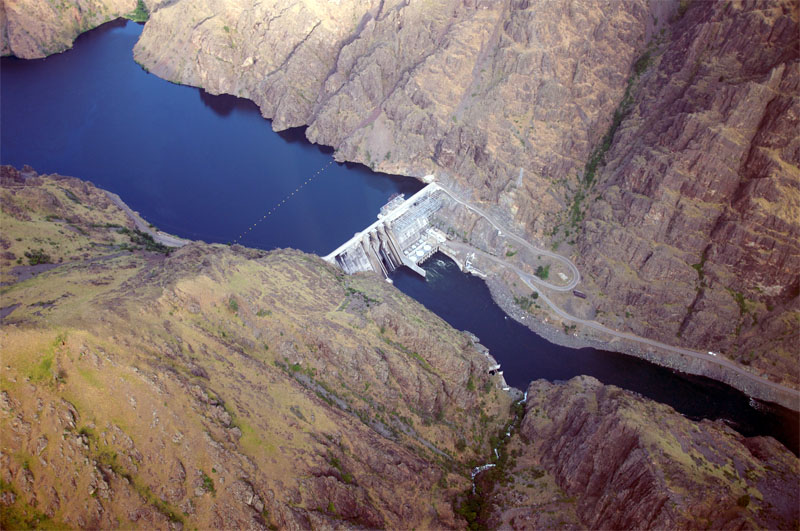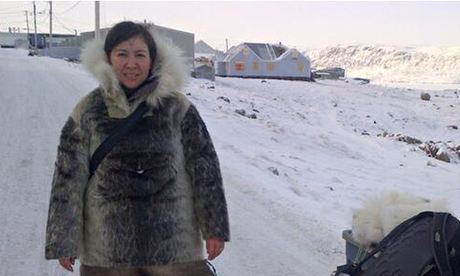Working closely with four American Indian tribes and four Canadian First Nations, Les Whitbeck, professor emeritus at the University of Nebraska-Lincoln, and his colleagues have developed a model of adolescent development for indigenous youth, based on data collected during an 8-year longitudinal study of 746 tribally-enrolled kids. “Indigenous Adolescent Development: Psychological, Social and Historical Contexts” (Routledge), the first book based on the research, details the findings from the first four years of this landmark study, when the kids were ages 11 to 15.
The study began as part of an effort to create culturally-based prevention programs for adolescents in tribal communities. “It became really apparent,” says Whitbeck, “that majority cultural measures just weren’t going to explain what was going on with these kids. We became more and more aware that what we needed was a whole different developmental model that took into account their historical context, their geographical context, community context, family context and peer context.”
This conclusion is consistent with Whitbeck’s earlier work. For example, he is vehement in his defense of indigenous parenting practices. “I have especially strong feelings about parenting programs. When people go out, well-meaning, good people go out onto reservations with parenting programs that are based on two-parent nuclear families that don’t take into account cultural variations in family structure, particularly extended family influence, clans and that kind of thing, they’re basically doing what the boarding schools did. They’re going out and teaching white parenting and undermining the traditional strengths of indigenous families, which are huge.”
The developmental model the researchers constructed for adolescents, explains Whitbeck, has concentric circles representing each of the developmental contexts for indigenous kids. “Then we have a wedge that goes right down through those circles.” The wedge represents historical cultural losses. “Ethnic cleansing,” he says, “has impacted every single developmental context that these kids are experiencing.”
The model has provided the basis for creating the kind of prevention program Whitbeck was looking for. The program, explains Whitbeck, is intended to delay the onset of substance use among kids. It has been adapted for several tribes—Lakota, Dakota, a couple of pueblos and one Navajo community—but Whitbeck stresses that tribes will need to adapt the model and the prevention program to fit their own kids and communities.
“We’re trying to think in terms of community-wide intervention,” says Whitbeck. One extremely important finding from the research is that negative, stressful life events, on which there has been a lot of focus recently as predictors of poor outcomes for kids, do not necessarily cause permanent damage.
“We saw something that was totally unexpected,” he says. “If you take positive life events—and positive life events were defined by the kid getting community recognition, being recognized by the tribal council, recognized in school, participating in community activities—they blow those negative life events out of the water! So now we’re thinking that maybe there’s a key there. Involving kids early in tribal community activities, recognizing them, honoring them, getting them involved in community things. I think there’s a real opportunity there.”
Community is key to this work in more ways, too. Whitbeck describes the eagerness with which adult study participants (researchers interviewed family and caretakers as well as the kids) embraced communal activities that were part of the research.
And it was the tribal communities themselves that helped develop and oversaw the study. “We started out with the partnership model where they approved first of all us being here. There was great support for the study. The tribal councils appointed advisory boards on each of the reservations and reserves. They literally approved every word of the questionnaire.
“We also developed through the elders, service providers and our advisory boards a concept of major historical loss, which is a different kind of approach to historical trauma. With this concept we use a measure of stress caused by repeated thoughts of historical losses suffered and then see how that impinges on everyday functioning and mental health,” explains Whitbeck.
And much of the research—leading focus groups with elders, parents, relatives and the kids themselves, for example—was carried out by American Indians, among them Melissa Walls, Bois Forte and Couchiching First Nation Ojibwe, an assistant professor at the University of Minnesota-Duluth, who led the focus groups on parenting, which addressed questions such as, “How does the act of taking care of a little one from birth to even through adulthood look unique or similar to what we see in non-Native populations?”
Several scholarly papers have come out of the research. But the book is different. “We write these very technical articles that involve very sophisticated statistical analyses and approaches. Our tribal advisory boards read the articles that we were putting in the book. And they came back to us and they said, ‘You know, Les, can you write in English?’” So the researchers wrote the book for a lay audience so the information would be accessible and useful to service people, tribal leaders and educators.
Then they went out and bought dozens of copies to give to the tribes that participated in the study because the price of the book is so high. “The worst ethical thing you can do is take people’s lives and sell it back to them,” says Whitbeck. He’s hoping to convince the publisher to put out a paperback edition.
Read more at http://indiancountrytodaymedianetwork.com/2014/07/07/making-natives-copy-white-parents-destroys-indigenous-families-155590





